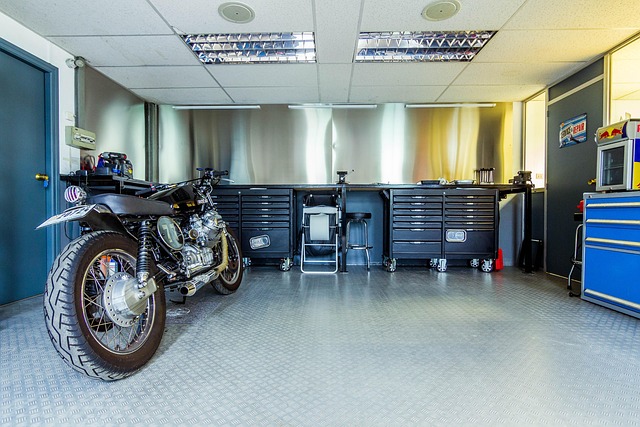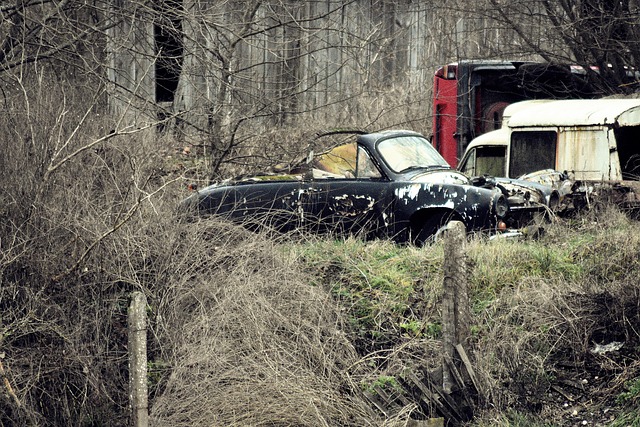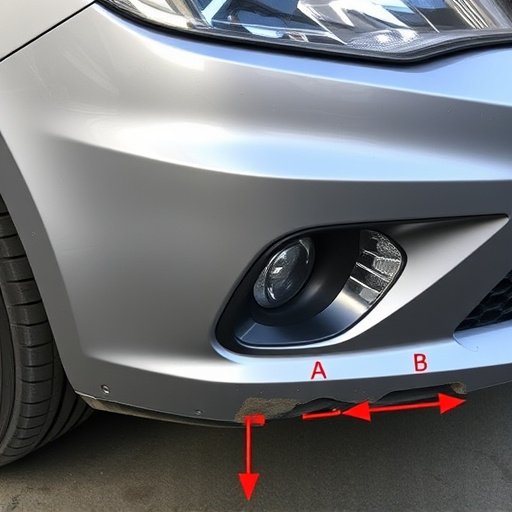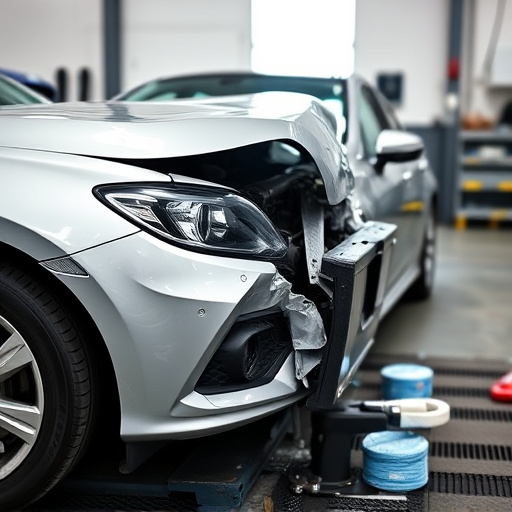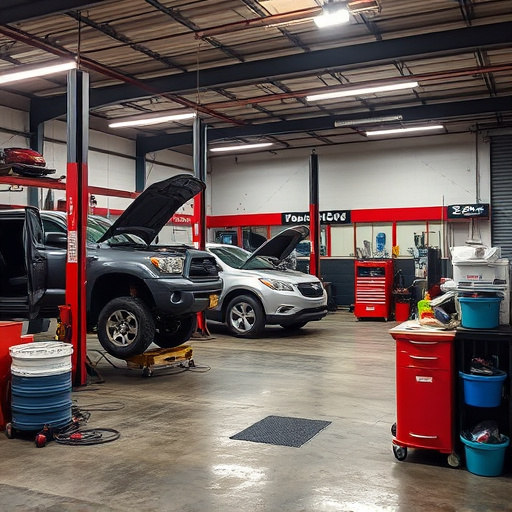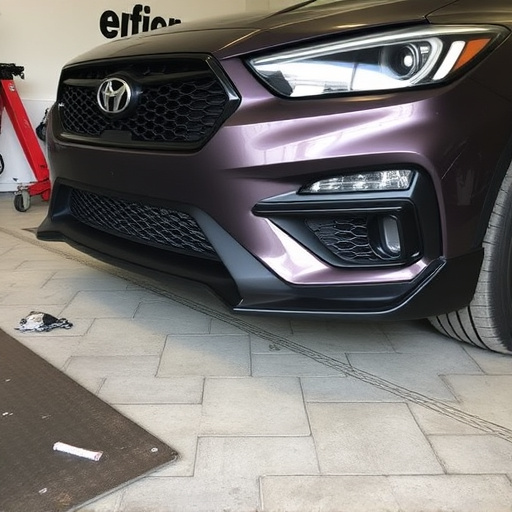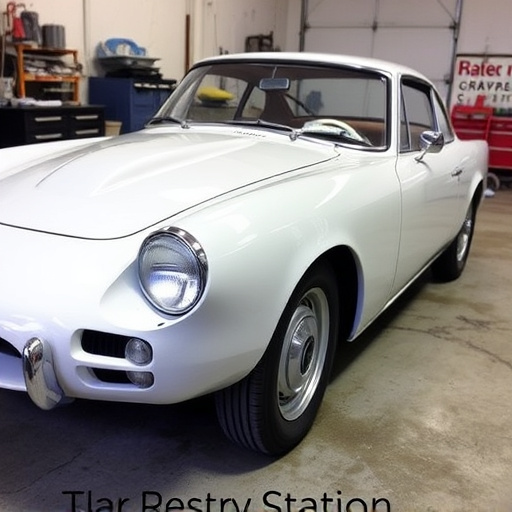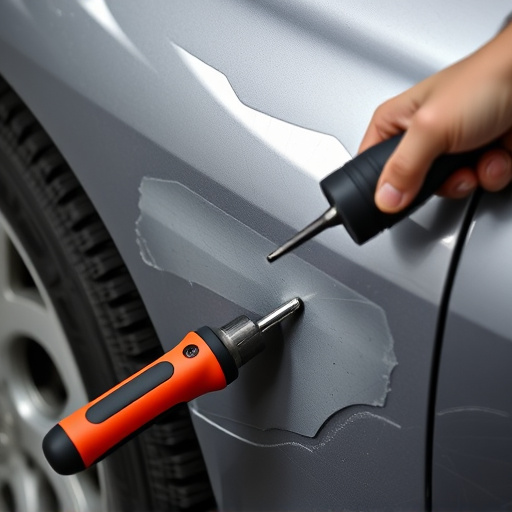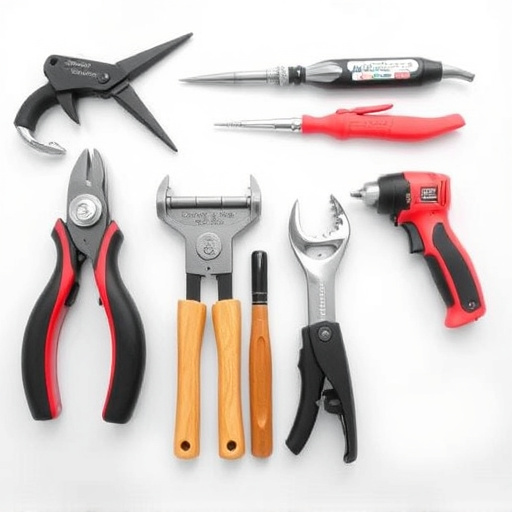Ice damage collision repair presents unique challenges due to extreme cold and icy road conditions, causing structural issues like cracked windshields, dented bodies, and warped frames. Understanding how ice impacts vehicle components is crucial for restoring them to pre-incident condition, with auto glass repair being particularly vital due to safety risks of frozen or cracked windshields. Successful ice damage collision repair involves a complex process focusing on both aesthetic restoration and maintaining overall vehicle safety and structural integrity. Comprehensive alignment checks using advanced technologies ensure every component is precisely positioned, preventing future issues and guaranteeing safe driving conditions.
Ice damage is a common yet detrimental issue for vehicles, causing visible and structural problems. In this article, we explore why alignment checks are crucial in ice damage collision repair. Understanding how ice can misalign critical components of a vehicle is key to effective repairs. We delve into the role of alignment checks as an integral part of the collision repair process, highlighting their benefits for quality assurance. By ensuring precise alignments, repair professionals can achieve superior outcomes and restore vehicles to their pre-incident condition.
- Understanding Ice Damage and Its Impact on Vehicles
- The Role of Alignment Checks in Collision Repair Process
- Benefits of Comprehensive Alignment Checks for Quality Assurance
Understanding Ice Damage and Its Impact on Vehicles

Ice damage is a unique and often underappreciated challenge in the world of collision repair. When vehicles are subjected to extreme cold and ice, it can lead to visible and structural damage that requires meticulous attention. From cracked windshields and dented bodies to warped frames, ice damage collision repair involves a complex process to restore vehicles to their pre-incident condition. This is particularly crucial for automotive body shops aiming to provide top-notch services.
Understanding the impact of ice on various components of a vehicle is essential. For instance, rapid temperature changes can cause metal to expand and contract, leading to misalignments in parts like bumpers and fenders. Additionally, icy road conditions may result in accidents that further complicate matters, requiring not just bumper repair but also precise alignment checks for the overall structural integrity of the vehicle. Auto glass repair is another critical aspect, as frozen or cracked windshields pose safety risks and can contribute to secondary damage during the repair process.
The Role of Alignment Checks in Collision Repair Process

In the intricate world of ice damage collision repair, alignment checks play a pivotal role, acting as the cornerstone for ensuring meticulous and safe vehicle restoration. These checks are not mere formalities but critical steps that underpin the entire collision repair process. By meticulously evaluating the vehicle’s structural integrity, alignment professionals can identify subtle shifts or misalignments caused by icy conditions, high-speed collisions, or both. This proactive approach allows for accurate assessments of damage extent, facilitating tailored repairs that restore the car to its pre-accident condition.
Beyond mere visual inspections, alignment checks incorporate advanced technologies and expertise to detect even the most minute discrepancies. This involves sophisticated equipment that measures and maps the vehicle’s frame, ensuring every component—from wheel alignment to suspension systems—is correctly positioned. Such meticulous attention to detail is essential in the realm of auto dent repair and car collision repair, where precision repairs not only enhance the vehicle’s aesthetics but also guarantee safe driving conditions for future journeys.
Benefits of Comprehensive Alignment Checks for Quality Assurance

In the realm of ice damage collision repair, comprehensive alignment checks serve as a cornerstone for quality assurance. These meticulous assessments go beyond mere visual inspections, employing advanced technologies to ensure every component of the vehicle is aligned correctly. By identifying even the subtlest misalignments, professionals in collision repair centers can prevent future issues that may arise from incomplete or inaccurate repairs. This proactive approach not only guarantees the structural integrity of the vehicle but also ensures that it drives smoothly and safely on the road.
Regular alignment checks offer significant advantages for both customers and collision repair services. For car repair services, it enables precise adjustments to suspension systems, ensuring that wheels are aligned perfectly. Consequently, this enhances handling and cornering capabilities, pivotal aspects in ice damage collision repair where vehicles often face extreme conditions. Moreover, comprehensive checks detect potential imbalances in tire pressure or wear patterns, which could indicate deeper underlying problems. For customers, these checks translate into better long-term vehicle performance, reduced risk of subsequent damage, and peace of mind knowing their vehicle is in top condition after the initial ice damage collision repair.
Ice damage collision repair requires meticulous attention to detail, and alignment checks are a cornerstone of this process. By incorporating comprehensive alignment checks, repair shops can ensure that vehicles affected by ice damage are restored to their pre-incident condition. This not only guarantees customer satisfaction but also ensures the safety and structural integrity of the vehicle. In the realm of ice damage collision repair, these checks serve as a vital symphony that orchestrates quality assurance, fostering a robust and reliable repair process.

